
Whether you’ve been living in your home for a few months or many years, it’s a good idea to check on its air quality. Even the cleanest and most well-ventilated homes may have air toxins that can trigger bothersome symptoms (or even serious health issues) over time.
We spend 80% to 90% of our lives indoors, so we owe it to ourselves to keep the air in our homes as clean as possible. Since the worst air toxins tend to be the ones you can’t see or smell, identifying them can be tricky. The only true way to know if your home’s air is clean is by hiring a local air quality tester, but you can still educate yourself on common toxins and their potential sources.
Wondering how you can improve your home’s indoor air quality? Here, we’ll walk you through some of the most common indoor air pollutants and how to reduce them yourself — and with the help of pros.
On This Page:
- How To Know If You Have Poor Indoor Air Quality
- How To Reduce Indoor Air Pollution
- 5 Key Indoor Air Pollution Solutions
- Air Pollutants & Solutions Infographic
How To Know If You Have Poor Indoor Air Quality
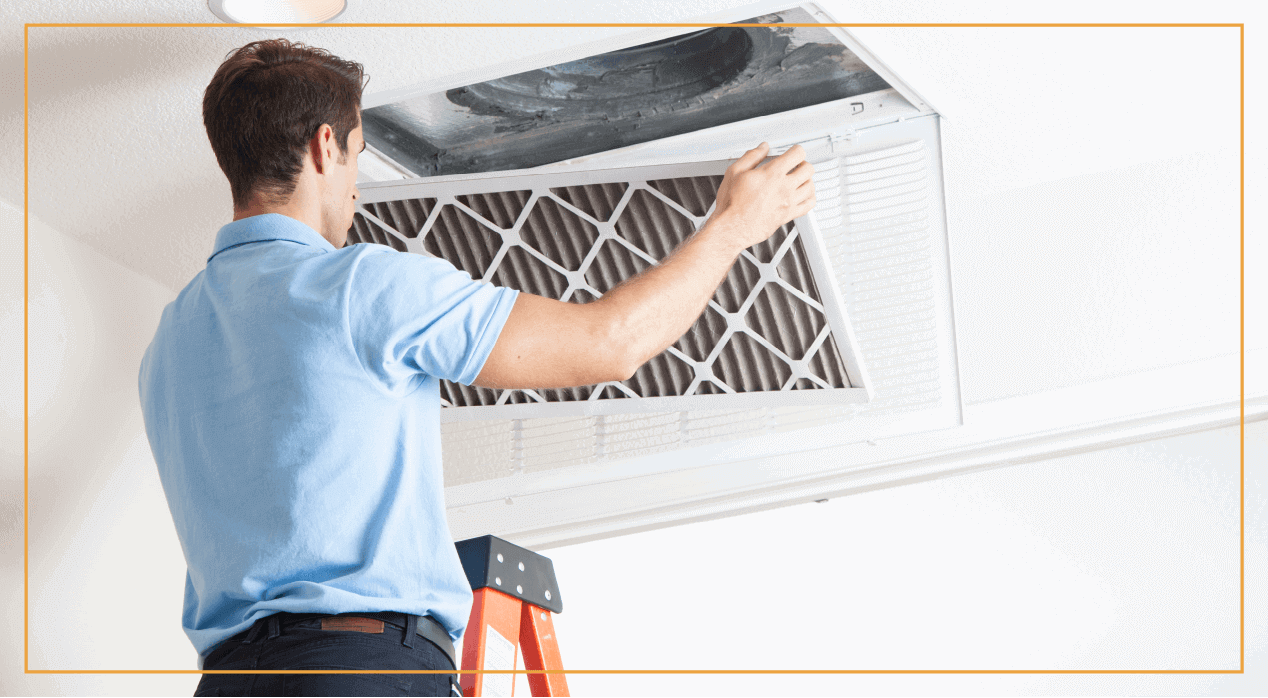
The best way to test your air quality is to hire a professional, because it’s usually difficult to gauge indoor air quality on your own. In fact, you may be feeling the consequences of poor air quality without realizing it. According to the EPA, breathing common indoor air toxins can cause chronic symptoms like headaches, fatigue, colds and severe allergy or asthma symptoms.
The toxins present in your home are dependent on different factors like your home’s layout and regional location. For example, if you live in an extremely humid climate, you’ll want to clean your ducts every few months to prevent mold. Meanwhile, an arid or dry climate can be more dusty, clogging vents in a different way. Establish a routine and find a reliable local air duct cleaning service to prevent toxic build-up.
The cost of professional air quality testers starts at $285 – relatively affordable considering the valuable information they provide. Air toxicity tests can include measurements of the following harmful elements:
- Mold, mycotoxins and bacteria
- Allergens like dust and dander
- Volatile organic compounds (VOCs) like formaldehyde and benzene
- Combustive elements like carbon monoxide and nitrogen dioxide
- Asbestos and lead
- Radon
Keep in mind that professionals measuring your indoor air quality (IAQ) should take various elements into account when sampling the pollution levels in your home. Different factors — such as time of day, weather and open or sealed windows – will affect IAQ readings.
Ready to start your air quality test?
Find ProsHow To Reduce Indoor Air Pollution
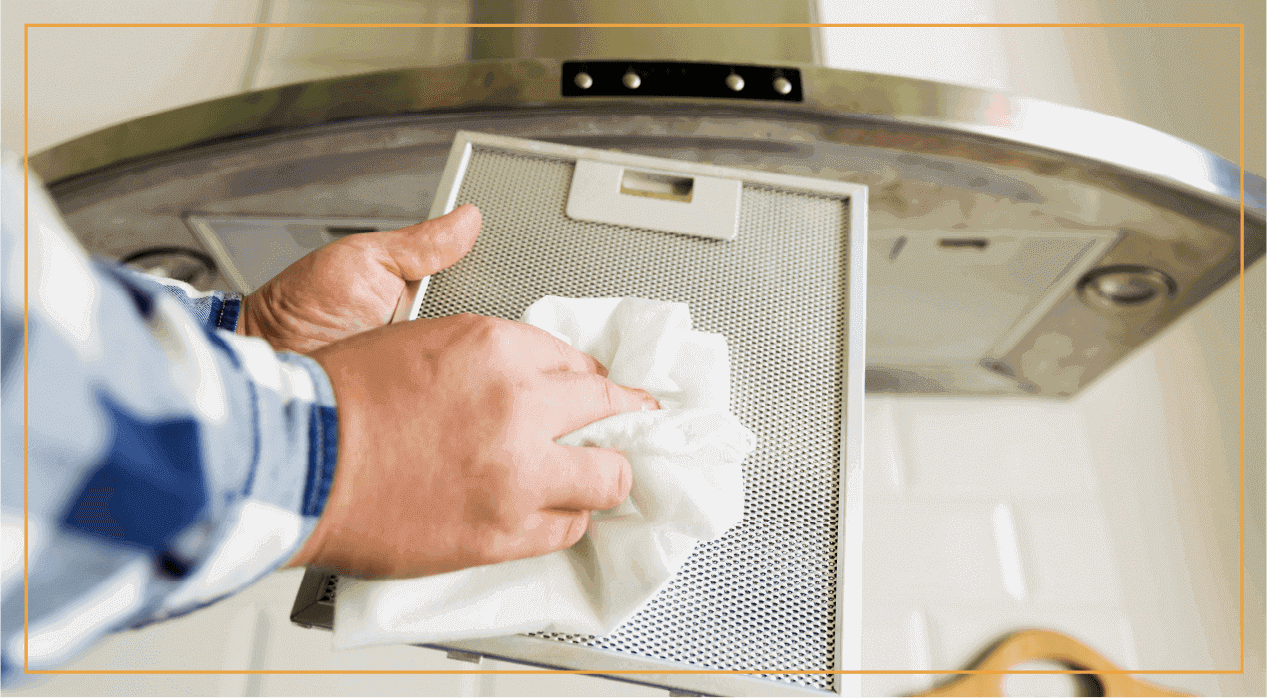
Once you know the type of toxicity, the best way to start tackling indoor air pollution is to remove the source (to the best of your ability). For example, before considering the cost of installing a central air cleaner, eliminate any obvious sources of toxicity contaminating air systems like tobacco smoke. We’ve outlined some of our top tips for reducing indoor air toxins below.
1. Always Use a Vent While Cooking
Two of the most common combustion sources are poorly ventilated cooking areas. Did you know your exhaust fan can remove 10% to 100% of food-related indoor pollutants? By using your hood vent, a fan and/or opening windows while you cook, you’ll remove a dangerous source of volatile organic compounds (VOCs).
2. Don’t Allow Smoking Indoors
By only allowing smoking outdoors, you’ll prevent health risks from toxins that compromise indoor air quality long after the smoke clears. If you smoke indoors, the harmful chemicals from your second-hand smoke will remain for hours, increasing your risk of illness.
3. Replace Toxic Carpeting, Mattresses and Furniture
Off-gassing – the evaporation of chemicals from certain materials — is a huge source of indoor air toxins. Many people don’t realize some carpets, beds and furniture could be a source of air pollutants long after installation. Start by gradually replacing items made of cheap, toxin-heavy materials.
Ensure that your local carpet installer ventilates the room during and after installation. If you’ve had carpets for years, it may be helpful to find a local carpet cleaner who can determine the condition of your carpet.
4. Reduce Artificial Air Fresheners and Cleaning Products
Synthetic fragrances and VOCs from chemical-laden cleaners can cause major indoor air pollution.
When hiring a local cleaning service, discuss your cleaning preferences with the company. They are the experts and can give you information on non-toxic and natural cleaning products, including how effective these products are as disinfectants.
It’s not realistic to replace every product with a natural alternative, but there are some that you can use to supplement your cleaning. You can also try to make your own air fresheners to reduce exposure to phthalates, formaldehyde, benzenes, myrcenes and other carcinogens.
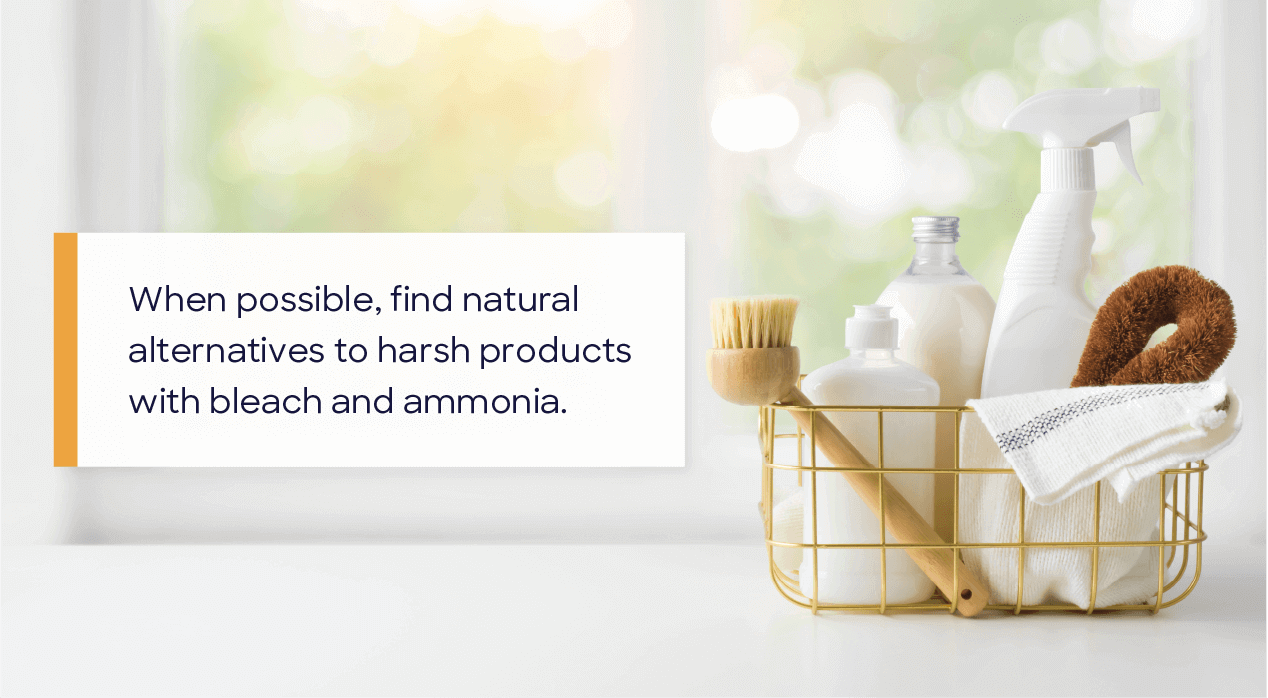
5. Reseal Windows to Decrease Air Leaks & Pollutants
Opening your windows to ventilate your home can help circulate air, but what about the times you don’t want the outside coming in? Smog, pollen, pesticides and other unwanted outdoor air pollutants can find their way inside when you have poorly sealed windows. Air leaks also decrease energy efficiency. The cost of a home energy auditor is almost always worth it. An auditor can conduct an air leak test so you can figure out the root cause of this important issue and quickly fix it.
6. Use Sophisticated Furnace Filters
The traditional furnace air filter isn’t designed to clean air. Its only function is to keep large particles, like hair and debris, from damaging the furnace blower. These larger particles are rarely the source of breathing difficulty. Whole-house air filters can pull out up to five times as many particles as traditional filters. Having the ductwork for your furnace and air conditioning system thoroughly cleaned may also reduce indoor air pollution, and increase the productivity of your system.
Ready to start your air quality test?
Find Pros5 Key Indoor Air Pollution Solutions
The list of preventative solutions for improving air quality continues with the following five home investments.
7. Install a High-Quality Air Purification System
Installing an air purifier is one of the most crucial steps in eliminating indoor pollutants. Air purifiers work by drawing air into filters and capturing tiny airborne particles such as dust, dander, smoke and mold. Then, they circulate clean air throughout the room. Choose a purifier with a HEPA (High-Efficiency Particulate Air) filter, like one from AirDoctor or Honeywell. AirDoctor’s air purifiers have dual-action filters that can capture airborne particles as small as 0.003 microns in size.
8. Purchase a Dehumidifier and/or Humidifier
A dehumidifier or humidifier can help increase IAQ, depending on the climate and season. Dehumidifiers reduce humidity in rooms prone to harmful mold, mildew and fungi, like bathrooms and basements. Depending on the quality and cost of the dehumidifier, the machine may be more or less effective. You probably want to avoid buying the cheapest model available.
If you live in a very dry climate, a humidifier can also be useful. After all, keeping the moisture of your space at an ideal and consistent level helps optimize your health. A whole-house humidifier costs an average between $440 and $750, including installation.
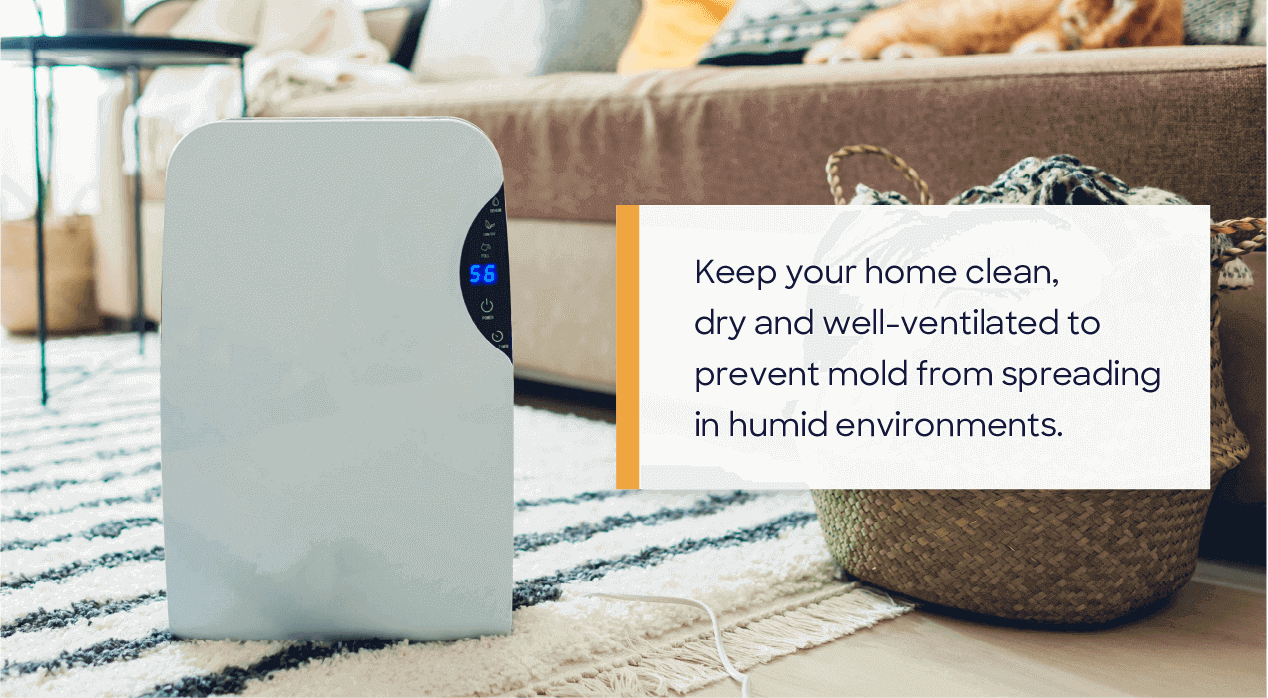
9. Incorporate Houseplants into Your Home
It’s time to stock up on indoor plants. In 1989, NASA discovered that plants can be used to provide clean air on long-duration space missions. Since then, people have used houseplants to help purify indoor air on Earth, too. Some examples of detoxifying plants include:
- English ivy
- Spider plants
- Peace lilies
- Snake plants
- Bamboo
Check out our visual below to learn more.
10. Invest in Weatherstripping and Caulking
Take sealing windows to the next level with professional weatherstripping and caulking to prevent external contaminants that destroy your IAQ. Be sure to find a contractor near you to caulk materials that come into contact with moisture, like sinks, faucets, toilets, bathtubs, etc.
When you hire carefully weatherstrip and seal crawl spaces and cracks in your basement, you may also prevent radon – the colorless, odorless toxic gas – from entering your home. The cost of sealing a crawl space may be expensive, but the long term benefits will surely pay off.
11. Establish a Deep Cleaning Schedule
Regular dusting and surface cleaning still isn’t enough to prevent air toxicity. You may want to use a deep-cleaning vacuum – preferably one with a HEPA filter – for your carpets. Develop a thorough routine yourself, or hire a team of deep cleaning specialists who can give you a fair estimate for deep cleaning your house. If you hire professionals, discuss what type of natural products you might be able to incorporate. Also, make sure heavily chemical-laden cleaners are used according to the label’s instructions.
It’s best to integrate both professional services and DIY tricks to improve indoor air quality. Since indoor plants can act as indoor air purifiers, they are an excellent example of reducing indoor pollutants naturally without breaking the bank. Plants detoxify without looking out of place, creating noise or requiring a lot of upkeep. That being said, some work better than others. Check out our insights below:

 Build Your Own Home From Around the World
Build Your Own Home From Around the World 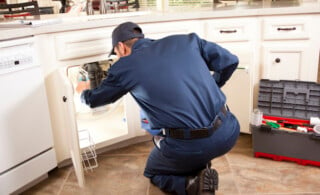 Why Business is Booming for Mechanical Contractors, and What That Means for Home Improvement
Why Business is Booming for Mechanical Contractors, and What That Means for Home Improvement  Famous Architectural Structures, Buildings, and Designs Throughout the World
Famous Architectural Structures, Buildings, and Designs Throughout the World  How to Create the Ultimate Playroom for a Child with Autism
How to Create the Ultimate Playroom for a Child with Autism  Cost of Sustainable Home Living
Cost of Sustainable Home Living 

Are You Familiar With This Topic? Share Your Experience.